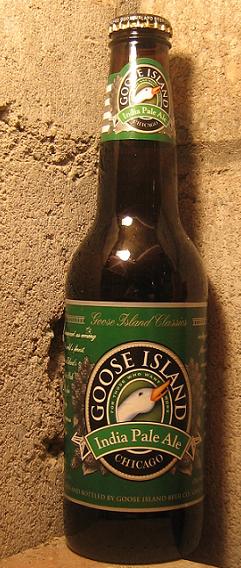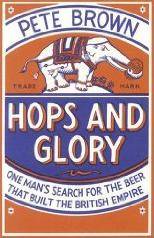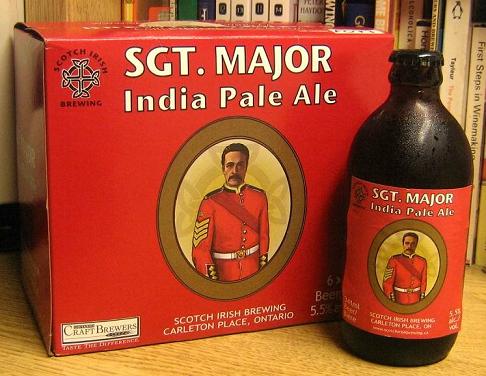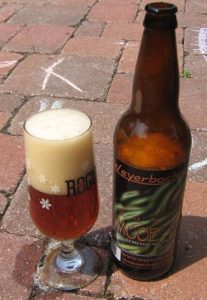Forget the question of whether styles are real and essential. Forget the question of whether beer styles have been accurately described and traced historically. The real issue is that the names of beer styles are a mess and cause consumer confusion. Andy raises the question of the name of one black hoppy brew and seeks resolution for this very good reason:
Well, I believe that styles are important, if for no other reason than consumers can have some reasonable understanding of what they might be getting when they select a certain beer. It is in the hopes of creating some logical détente that I humbly offer the following suggestions for resolving this seemingly intractable debate.
 He then goes on to ask us to choose from a number of choices that have been bouncing around beer nerd circles like Black IPA, India Black Ale, and Cascadian Dark Ale. There is only one problem. They all suck as names. Let’s be clear. They aren’t related to India and they aren’t pale, as Andy notes, but also no one outside of the Pacific NW actually knows what “Cascadian” really means. Plus, while the picture of me from 1992 shows I have a great long love of the Vermont Pub and Brewery and the work of the late Greg Noonan, the idea of calling it “Noonan Black Ale” suffers from the same problem, needing to know some sort of back story. Also, there is a minor sort of beer – perhaps not a style at all – that you see from time to time called Dark Ale. What’s it taste like? Dark? That’s like something tasting ice cold.
He then goes on to ask us to choose from a number of choices that have been bouncing around beer nerd circles like Black IPA, India Black Ale, and Cascadian Dark Ale. There is only one problem. They all suck as names. Let’s be clear. They aren’t related to India and they aren’t pale, as Andy notes, but also no one outside of the Pacific NW actually knows what “Cascadian” really means. Plus, while the picture of me from 1992 shows I have a great long love of the Vermont Pub and Brewery and the work of the late Greg Noonan, the idea of calling it “Noonan Black Ale” suffers from the same problem, needing to know some sort of back story. Also, there is a minor sort of beer – perhaps not a style at all – that you see from time to time called Dark Ale. What’s it taste like? Dark? That’s like something tasting ice cold.
We can do better. We can make sense. If the point of the name of the style is to inform let’s get to the point. The beer is black and it is bitter. Keep it simple. So call it Black Bitter. I might even try the stuff if it was called a name as swell as that.¹
¹Plus it already comes with its own 70s rock tune for the ad campaign. Just have to change the words a bit: “Whoa-oh Black Bitter! Bam-a-lam!!!” And, yes, I want credit.



 My mid-west beer territory has expanded care of Stan’s visit the other day. The New Glarus Spotted Cow
My mid-west beer territory has expanded care of Stan’s visit the other day. The New Glarus Spotted Cow 


